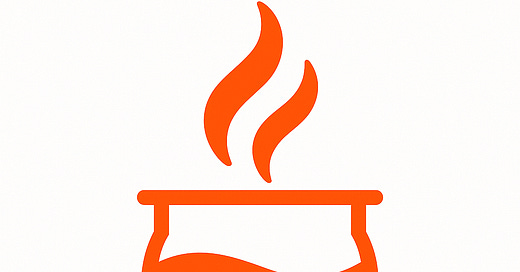Instant-Money Rails: PayShap + QR turn every South African phone into a till by 2028
A low-fee proxy system and a single, bank-agnostic QR code compress cash friction, unlock township business dynamism and put South Africa on an India-style growth curve—within five years
In Mdantsane, one of the Eastern Cape’s biggest townships, 23-year-old Siyanda sews varsity-style hoodies stamped “EC Originals” and posts them on TikTok Shop. A single clip can bring 40 DMs, but half the orders vanish when buyers see the banking details: they still have to type an EFT, wait for clearance, email a proof of payment. On a good week Siyanda ships 25 hoodies at R450 each, but another dozen sit unpaid in his tracking board—R5 000 in frozen demand.
PayShap is South Africa’s new 24/7 instant-payment rail: money hops from any bank app to another in seconds, no account numbers needed—just a phone-number proxy or a QR scan. With PayShap money settles instantly, stock moves tomorrow, and Siyanda’s phone shows a clean sales ledger his bank will soon read for a micro-loan. Multiply that by thousands of township creators and the province’s home-grown streetwear labels becomes an export line, not side hustles.
Two years after launch PayShap has already cleared well over 130 million instant transfers and, with its new R50,000 ceiling, is absorbing mid-tier business payments that once rode the costly instant clearance banking rail.
The missing piece is acceptance. A common PayShap-QR standard is scheduled to go live later this year—once bank apps switch it on, any printed sticker or phone screen can receive a PayShap payment, turning even the simplest stall into a till. Regulators are consulting on an interchange-cap regime aimed at keeping PayShap merchant fees close to zero—mirroring India’s zero-fee model for small UPI transactions and Brazil’s sub-card Pix charges—so price won’t be the adoption blocker. For Siyanda, it’s the difference between struggling side hustle and budding empire.
A minutes-long, single-digit-rand e-KYC—on the digital-ID rails covered in the last snapshot—puts the same rail in every spaza owner’s hand. Their real-time sales now appear in underwriting dashboards that once ignored cash flow, unlocking working-capital offers via their digital banking app or new fintech players.
Global precedent says the ramp can be swift: India’s UPI vaulted past Visa’s domestic card volume in five years, while Brazil’s Pix reached half its population in just eighteen months. South Africa starts with higher smartphone and bank penetration, so a two-to-five-year curve is within reach.
Tax follows money: QR receipts can feed SARS’s coming e-invoice grid, narrowing the VAT-fraud gap without rate hikes. Gig platforms push same-day wages via PayShap, shrinking cash-out queues. Remittances to Zimbabwe and Lesotho fall in cost as the SADC real-time bridge expands corridor by corridor. And with less loose cash, cash-in-transit robbers find fewer ripe targets.
Watch-list
Q4 2025 Digital-ID & Trust Services Bill reaches Parliament; interoperability clause decides PayShap on-ramp speed.
Q4 2025 Interoperable PayShap-QR rolls out; first-quarter merchant count becomes the headline metric.
Early 2026 CertifyID moves from pilot to volume issuance, signalling true low-cost e-KYC.
Mid 2026 SARS pilots VAT e-invoicing tied to PayShap Request-to-Pay; first compliance data point.
2027 festive season Watch whether PayShap’s peak-day traffic rivals legacy card switches—the moment India crossed the chasm.
When money moves at the speed of a scan, Siyanda’s TikTok shopper pays, the hoodie ships tomorrow, and the R450 lands in his account before the thread trimmings hit the floor. No proof-of-payment screenshots, no wasted DMs—just a clean sales ledger that a lender can read for the next fabric run. With rails priced right, bytes and rand circulate in real time, and township creativity becomes the economy’s newest export line rather than another cash-bound side hustle.
Need a bespoke Phase Transitions-grade deep dive written?




